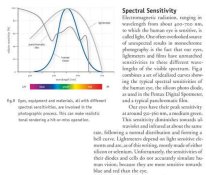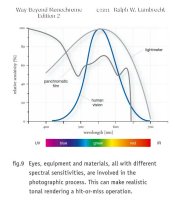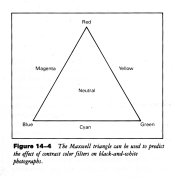PeterB
Member
I have searched for hours trying to find the answer to this question.
In the Zone System (for B&W) - why is the colour of the spot metered area unimportant?
A hypothetical example - the reflectivity of indigo is much less than yellow. If I had two scenes , one with indigo in a shadow, the other with yellow in shadow (same incident light level to both colours) and I wanted to place them both in zone III, they will both turn out to be the same shade of grey. That isn't good since I'd like the indigo to be darker than the yellow.
What am I missing ??!!
In the Zone System (for B&W) - why is the colour of the spot metered area unimportant?
A hypothetical example - the reflectivity of indigo is much less than yellow. If I had two scenes , one with indigo in a shadow, the other with yellow in shadow (same incident light level to both colours) and I wanted to place them both in zone III, they will both turn out to be the same shade of grey. That isn't good since I'd like the indigo to be darker than the yellow.
What am I missing ??!!









